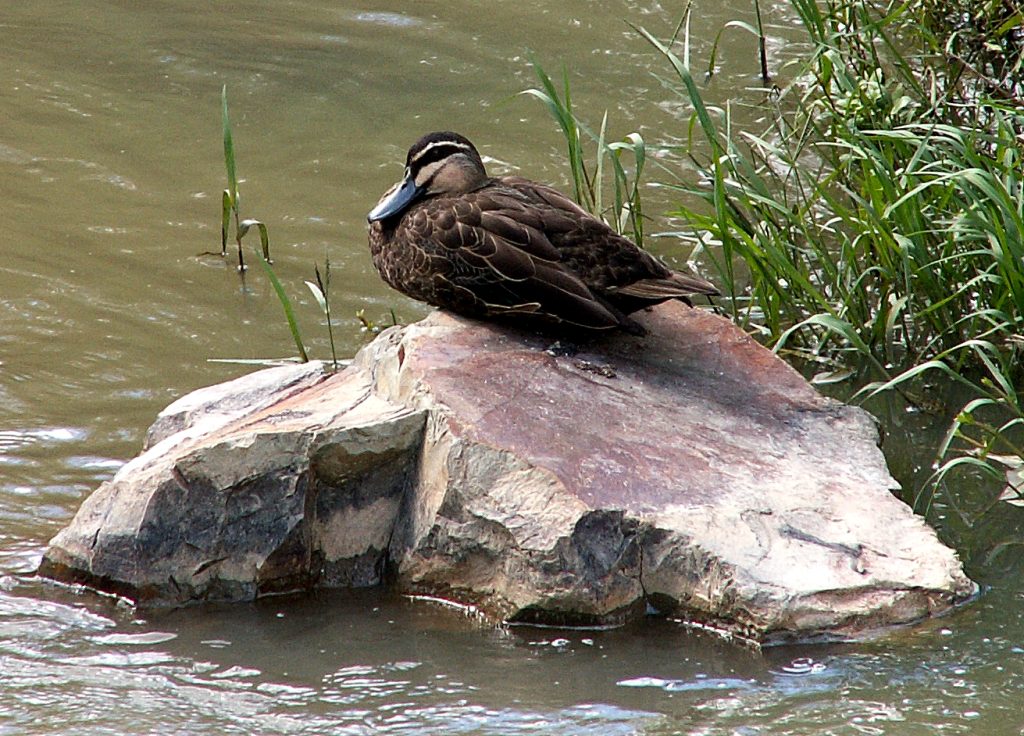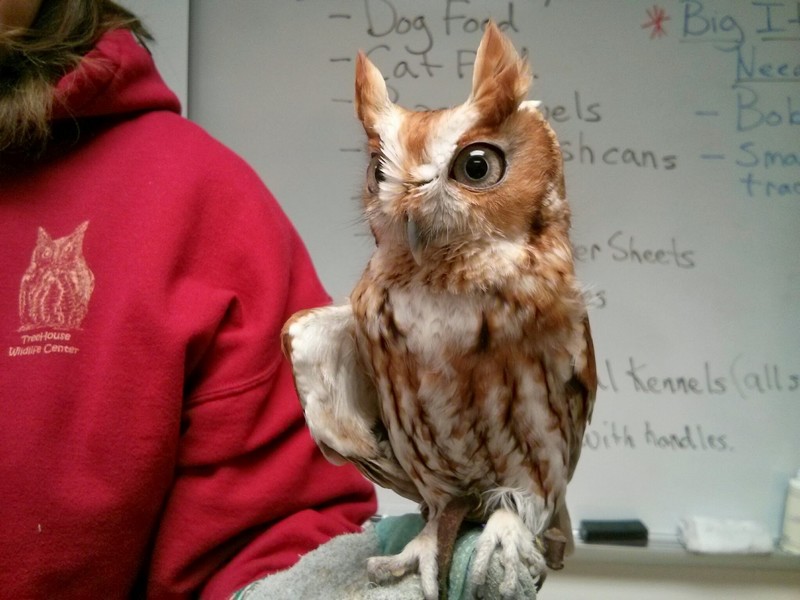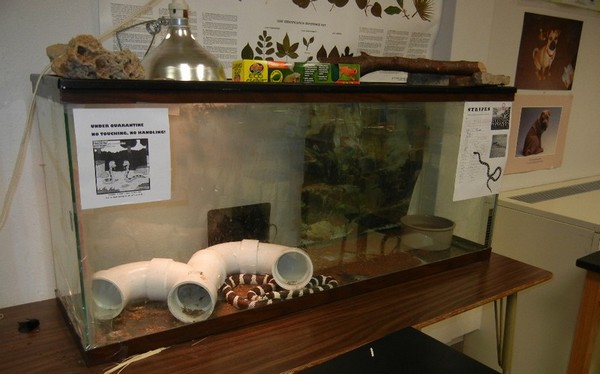Growing up, I lived near a lake and spent my weekends fishing from the dock, and scavenging in the woods. I knew the names of the fish I caught. E even the two varieties of ducks I would see in the cove. I knew some of the trees, at least the ones that my grandmother knew. I could even identify a venomous snake, mainly water moccasins.

My students are suburban raised and have very little experience in the wild. After reading the article, “Give Childhood Back to Children,” I considered that playing outside not only helps kids learn social structures, it also allows them to explore nature.
As young adults and teens, they are uncertain of things in nature, and many seem to be afraid of harmless organisms like moths or spiders.
When discussing ecosystems and food chains, I usually apply scenarios to movies they might have seen because many of these urban kids have never stepped into the woods or even walked the trail at a nearby park. A recent study found that 8-year-old children in Britain were better able to identify Pokemon characters than real, native ones such as “oak tree,” “beetle.”
Getting to Know Nature
So, how can we expose these urban kids to nature, to give them a sense that biology isn’t just about textbooks and dissections? In past articles, I talked about mini field trips to local parks, and projects where students catalog wildlife in their neighborhood. We also have a science club that works with a nearby animal rescue and rehabilitation center, Treehouse.
Once a month, students travel the 45 minutes to the facility where they clean cages, feed animals, and do miscellaneous odd jobs. In the beginning, the students are often squeemish and frightened of the residents, but by the end of the year they know all the patients by name and have no trouble getting their hands dirty. It is a great experience! Treehouse also has an outreach program where teachers can arrange for volunteers to come to the classroom and talk about the animals and show the kids some of their residents, like Char, the Screech Owl.

Char was hit by a car and though she recovered, her wing could not be completely repaired. She remains a permanent resident and an ambassador of Treehouse.
If you don’t live in Southern Illinois, you may be able to find similar programs and wildlife rescue centers that are willing to come and talk to your students. Shelters for dogs could also be a good place to give students experience with animals and serves as an eye opening lesson on the consequences of pet overpopulation.
Even keeping animals in the classroom can help alleviate some fear of things that are unfamiliar to students. I keep a California King Snake in my room and students are fascinated by it. They even get upset to find that I’ve fed the snake in another class and they didn’t get to watch it. I think deep down, all of us have a love for nature, some of the most viral videos are animals doing funny things, or heartwarming videos showing animals being rescued or just playing. Wouldn’t it be great if we could give students some real experience with these animals?


